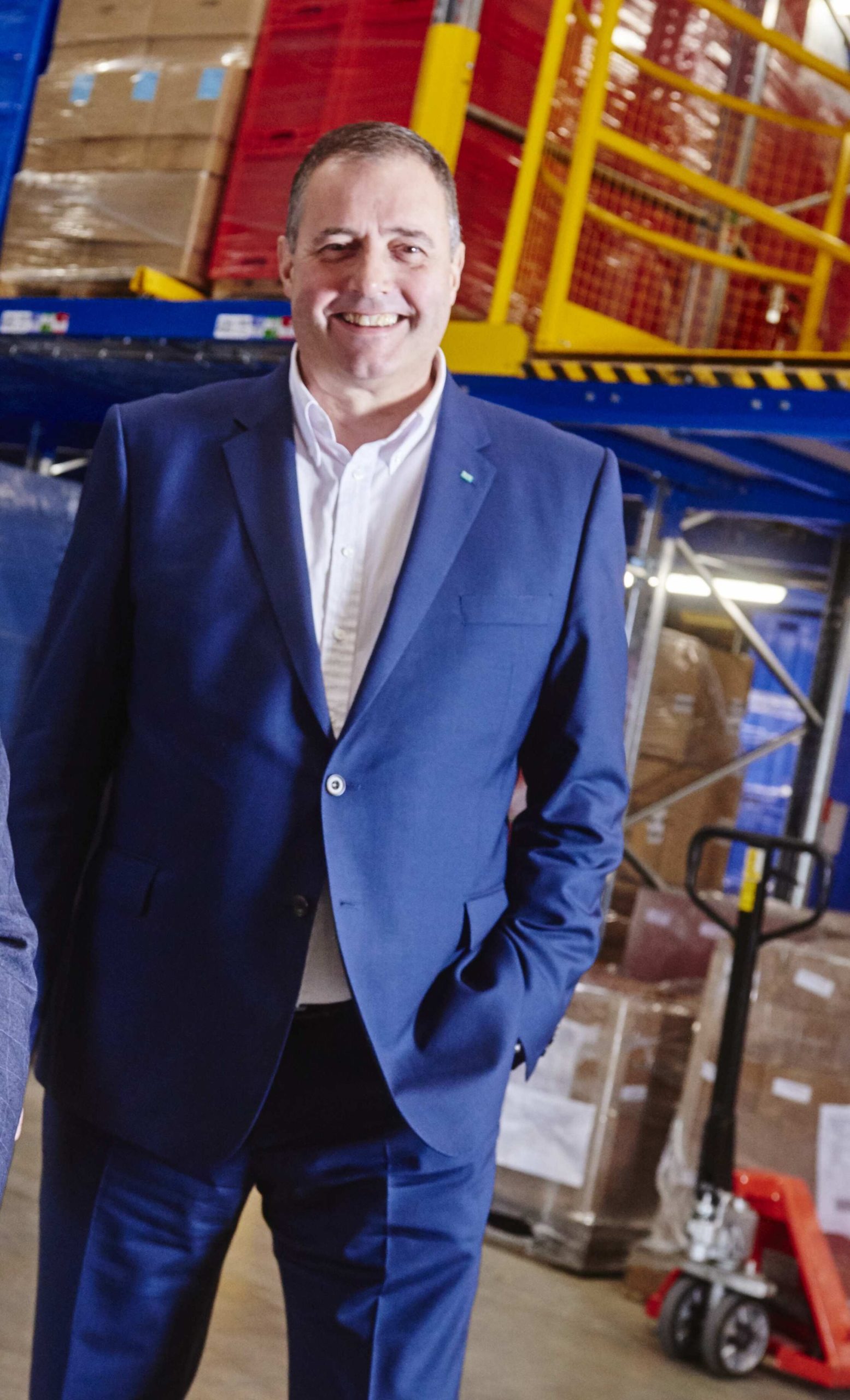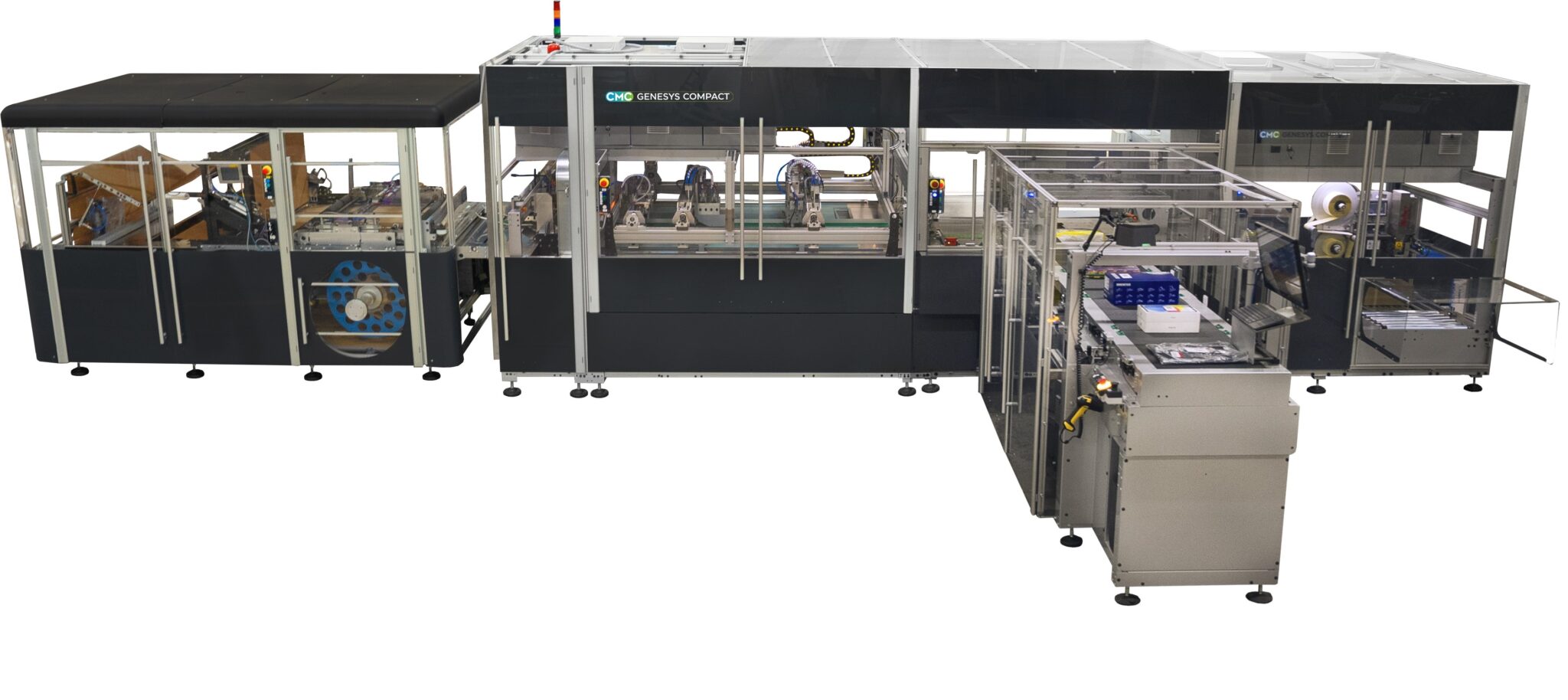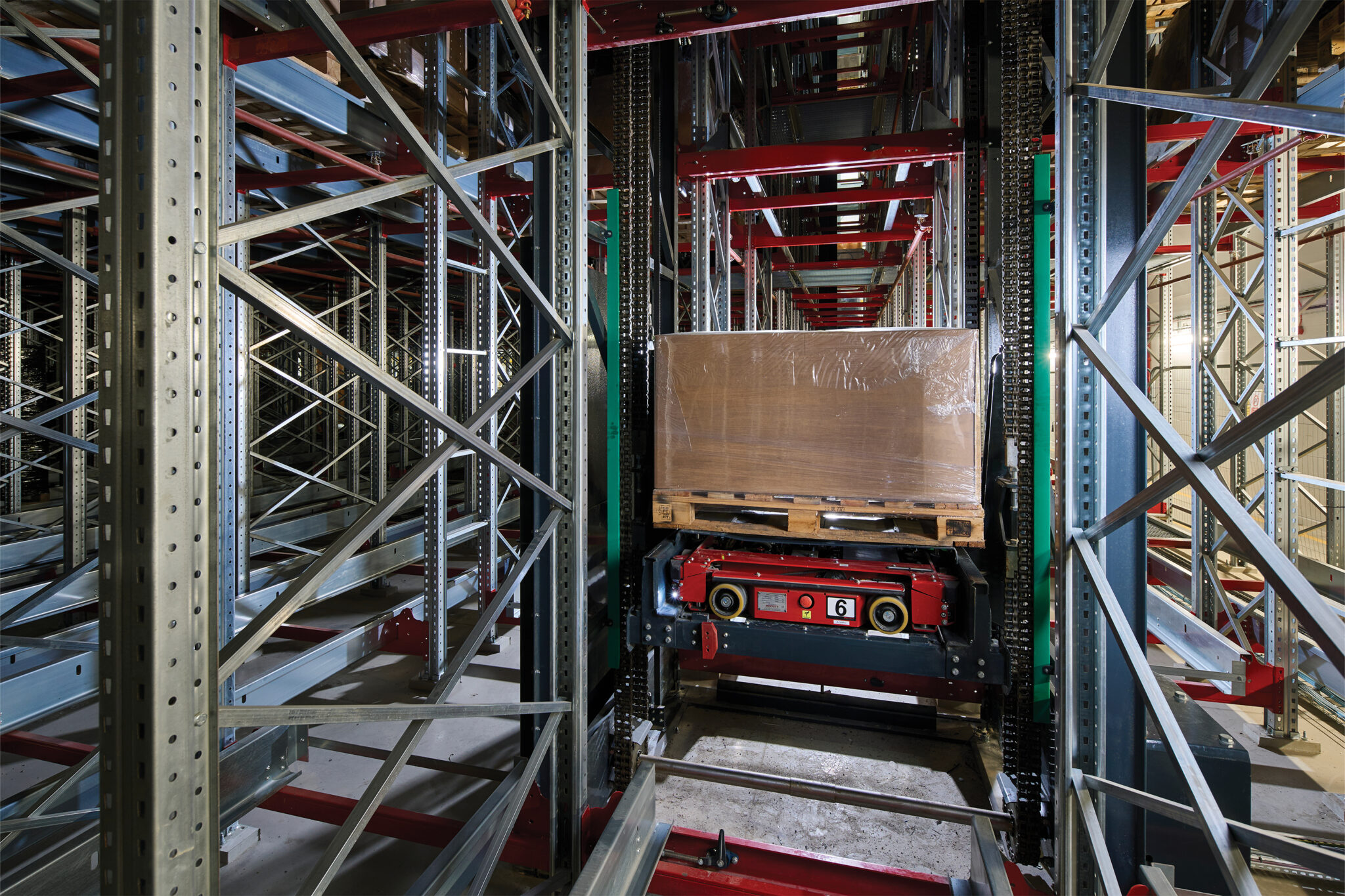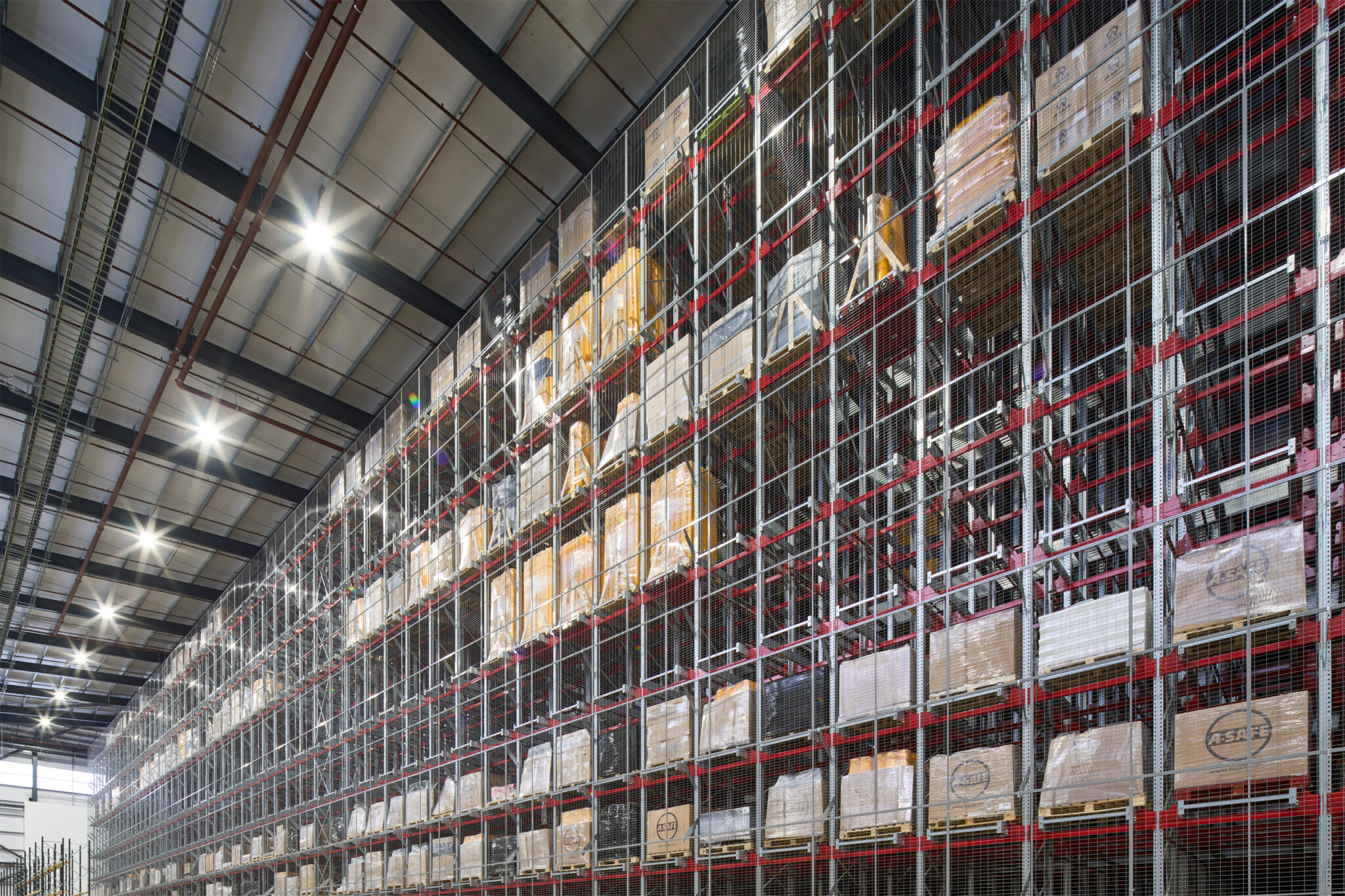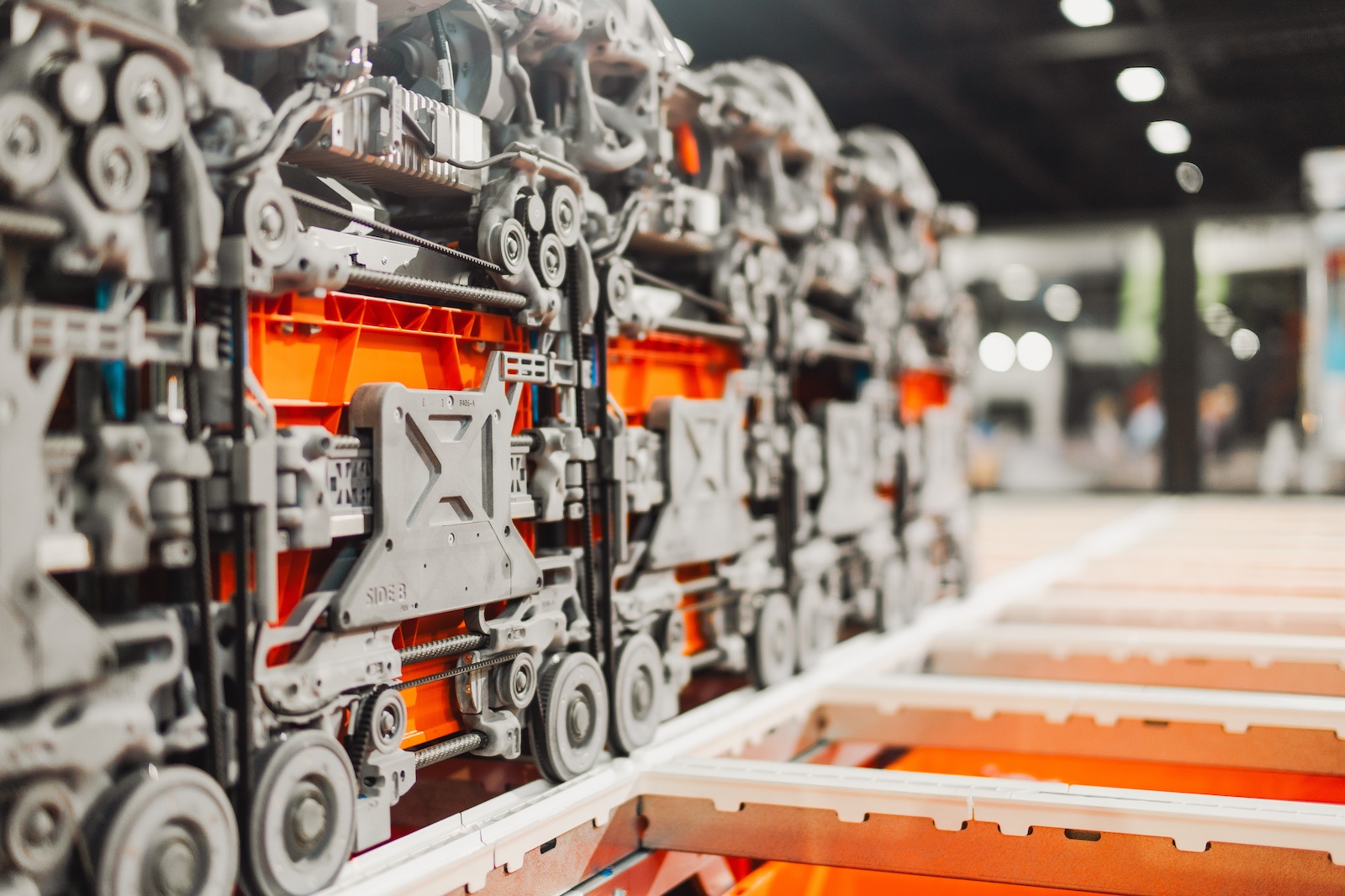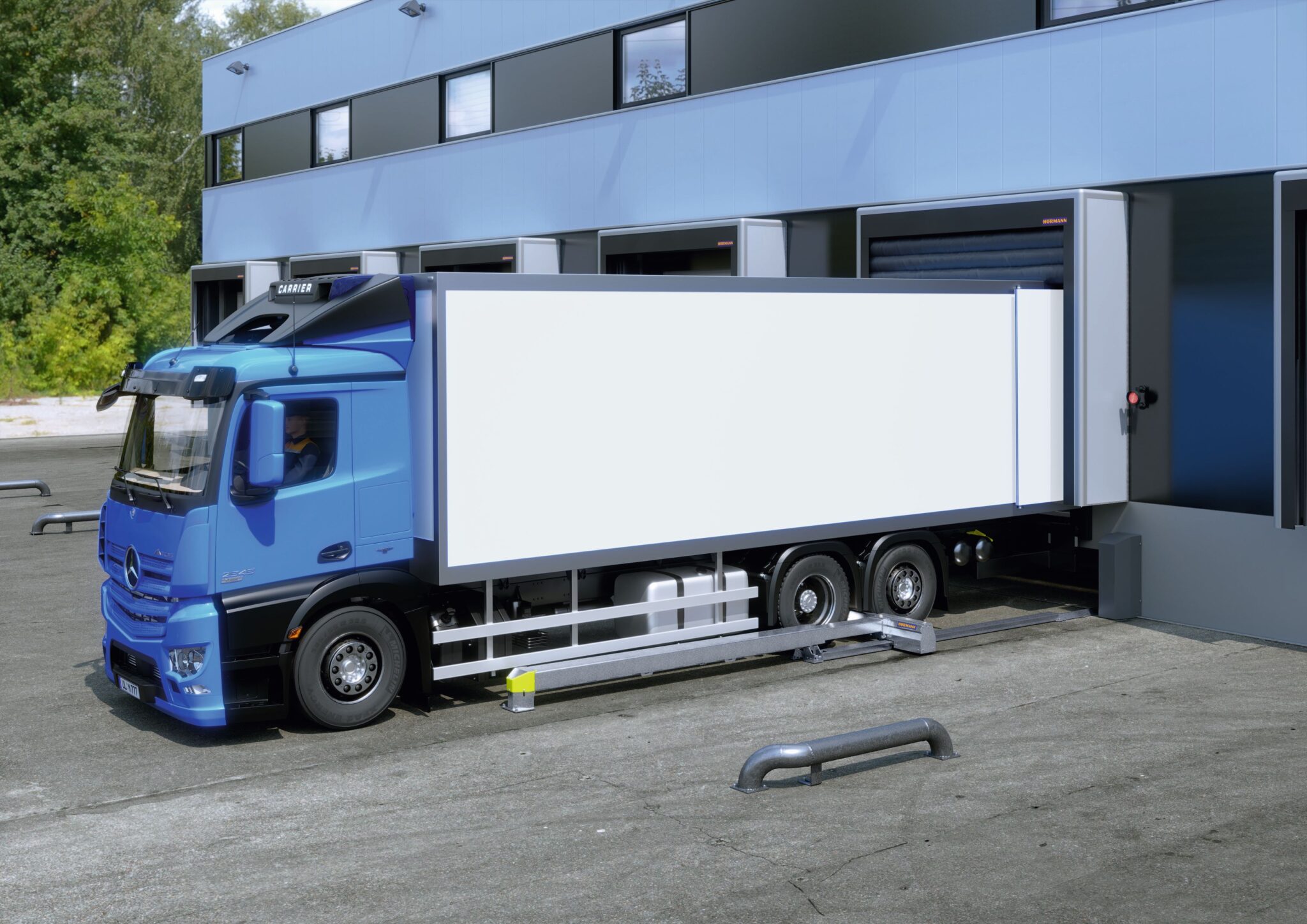Loading and unloading trailers and containers is an important stage in the supply chain, requiring skill and the right equipment if it is to be completed quickly and correctly, writes Wouter Satijn (pictured), Chief Revenue Officer of Joloda Hydraroll. Many companies continue to rely on forklift trucks and manual processes for loading and unloading goods, but this can lead to high instances of product damage and result in delays and financial losses that add up to more than you might think.
Industry estimates suggest that, on average, 2% of unit loads arriving at a distribution centre have some level of case damage. In some instances, this figure can rise as high as 11%. As logistics operations become more complex and time-pressured, businesses must take proactive measures to ensure goods are handled with care, transported safely, and arrive at their destination in perfect condition.
Common loading mistakes that lead to product damage
There are several ways damage can occur when loading and unloading goods. For example:
• Forklifts that are not properly aligned with pallets when lifting them can puncture loads or push them off the racks.
• Some operators may double-stack pallets that aren’t designed to bear extra weight. This can crush the pallets underneath – and the products within – and cause them to become unstable during transportation.
• Old, rotten, or otherwise compromised pallets that have not been inspected before use may also collapse under weight or when moved.
How to reduce product damage when loading
A combination of the following best practices, employee training, and the right equipment can all but eliminate the risk of product damage during the loading process:
1. Improve loading practices
Pallets should be loaded uniformly, with weight evenly distributed to prevent crushing or instability. Pallets should be regularly inspected for weaknesses and not double-stacked. Liquids should always be placed below dry goods to minimise the risk of contamination in case of leaks, while dunnage can be used to fill up any empty spaces, provide cushioning and prevent goods from shifting.
2. Ensure pallets are secure
Using the right wrapping method can significantly reduce damage. Wrapping should be firmly secured at the pallet base, then spiral upwards to ensure stability. A 360-degree wrap is needed two to three times over to cover the stack and secure the stock.
3. Choose the right containers
It’s important to select the right sized container to match requirements and that doesn’t exceed weight or size limits at any stage of the shipping process. Climatic changes that could affect the cargo should also be considered to protect products such as perishables from spoiling or deteriorating.
4. Keep the facility clean and tidy. A clutter-free warehouse or loading dock is a non-negotiable so that forklift operators have a clear path to manoeuvre safely. Designated areas for storage or waste should be assigned and adhered to for an efficient and hazard-free environment.
5. Regularly inspect equipment and processes
Routinely checking for signs of equipment wear and tear can prevent accidents, while regularly reviewing loading procedures help ensure employees follow best practices and adhere to safety protocols. It’s important that time is taken to check the container/ trailer, too – for structural damage, but also residues that could go on to contaminate the next load of goods.
6. Prioritise employee training
The biggest risks come from workers who might not feel confident they know how to operate equipment or perform tasks correctly. An effective training programme is key to ensuring safety and minimising product damage. Employees should receive regular refresher courses to ensure they remain up to date on safety procedures and equipment use.
7. Invest in the right handling equipment
Finally, ensure all equipment is well-maintained and fit for purpose and consider automated loading solutions that minimise manual handling. These systems can make the loading process far more efficient and cost-effective, while greatly reducing the likelihood of human error and forklift mishaps.
Goods are at risk of all kinds of damage, depending on how they are stored, how they are loaded, and how they are secured during loading. By providing employees with frequent training, conducting regular inspections, and investing in the right equipment and automation for the job, businesses can ensure efficient loading and unloading processes that protect more than their cargo – they can protect their employees and their bottom lines, too.
similar news





